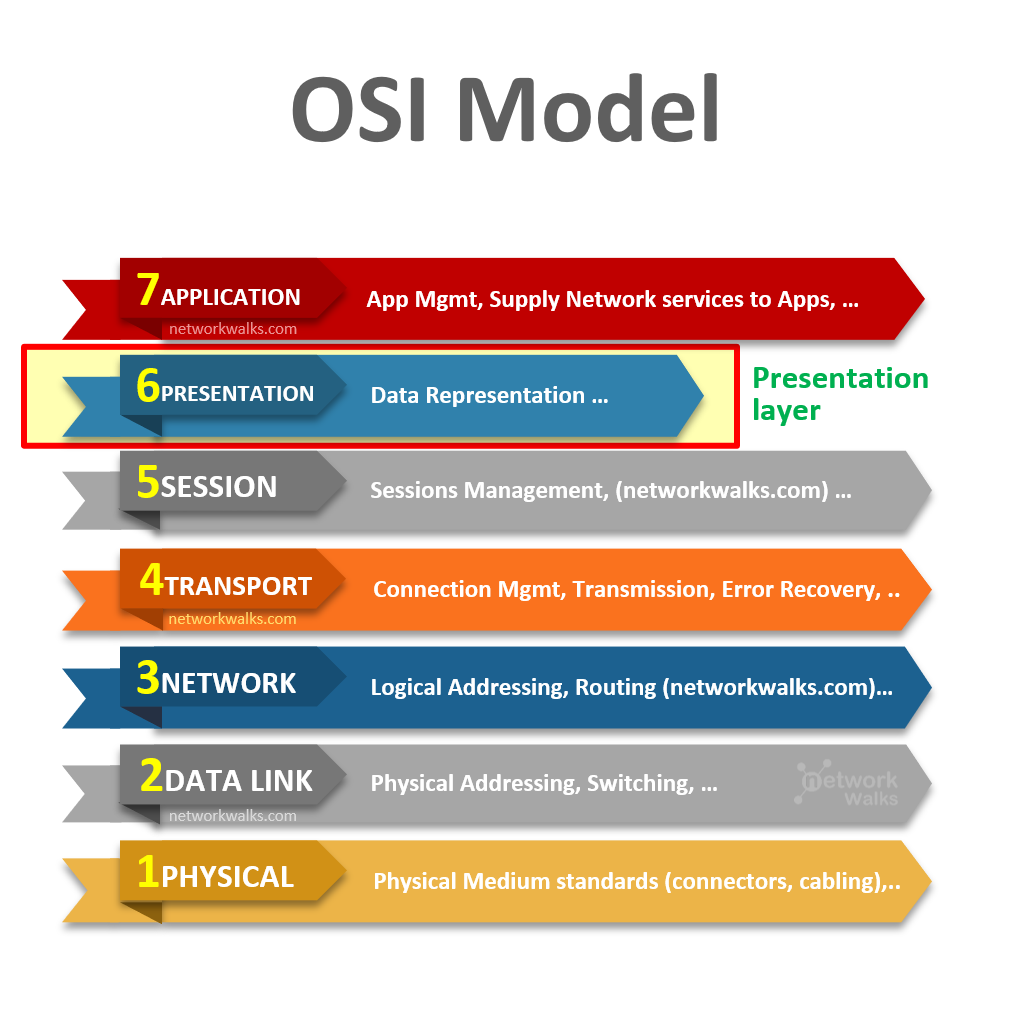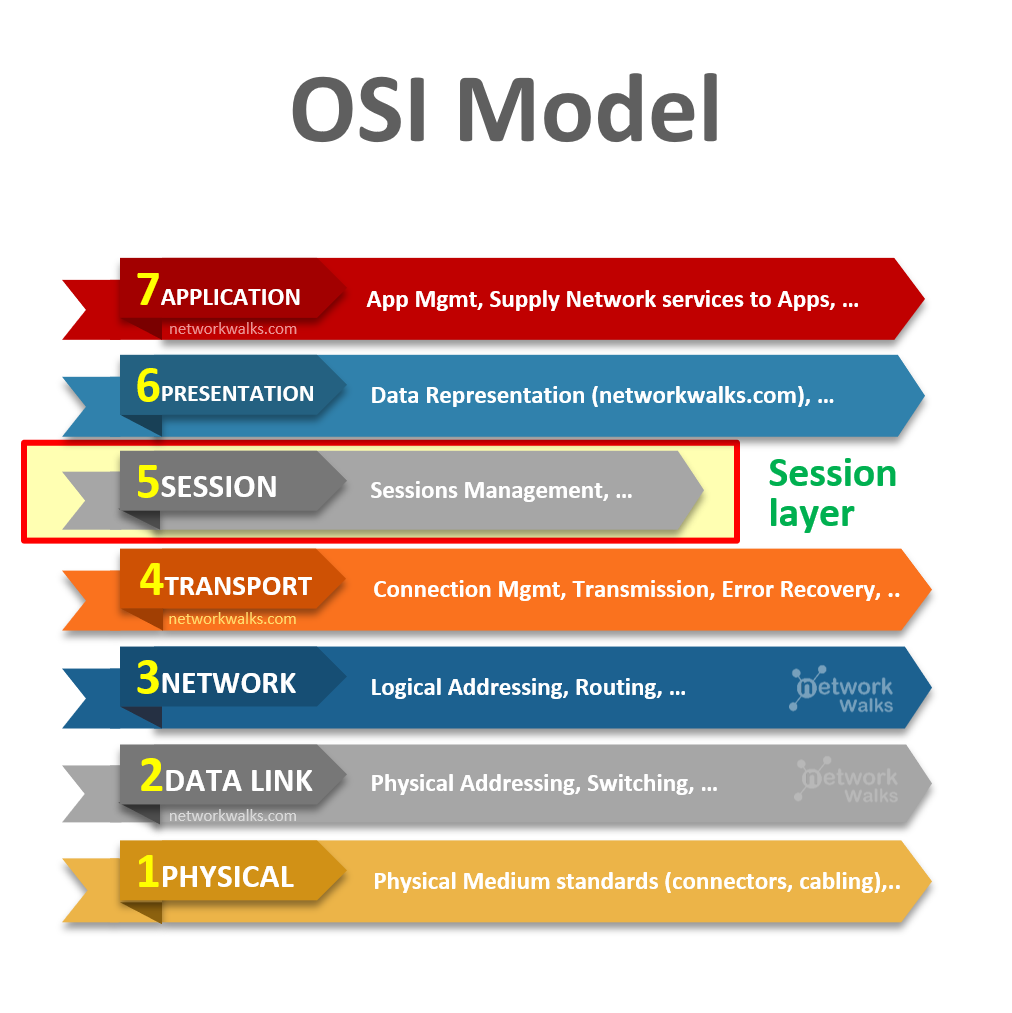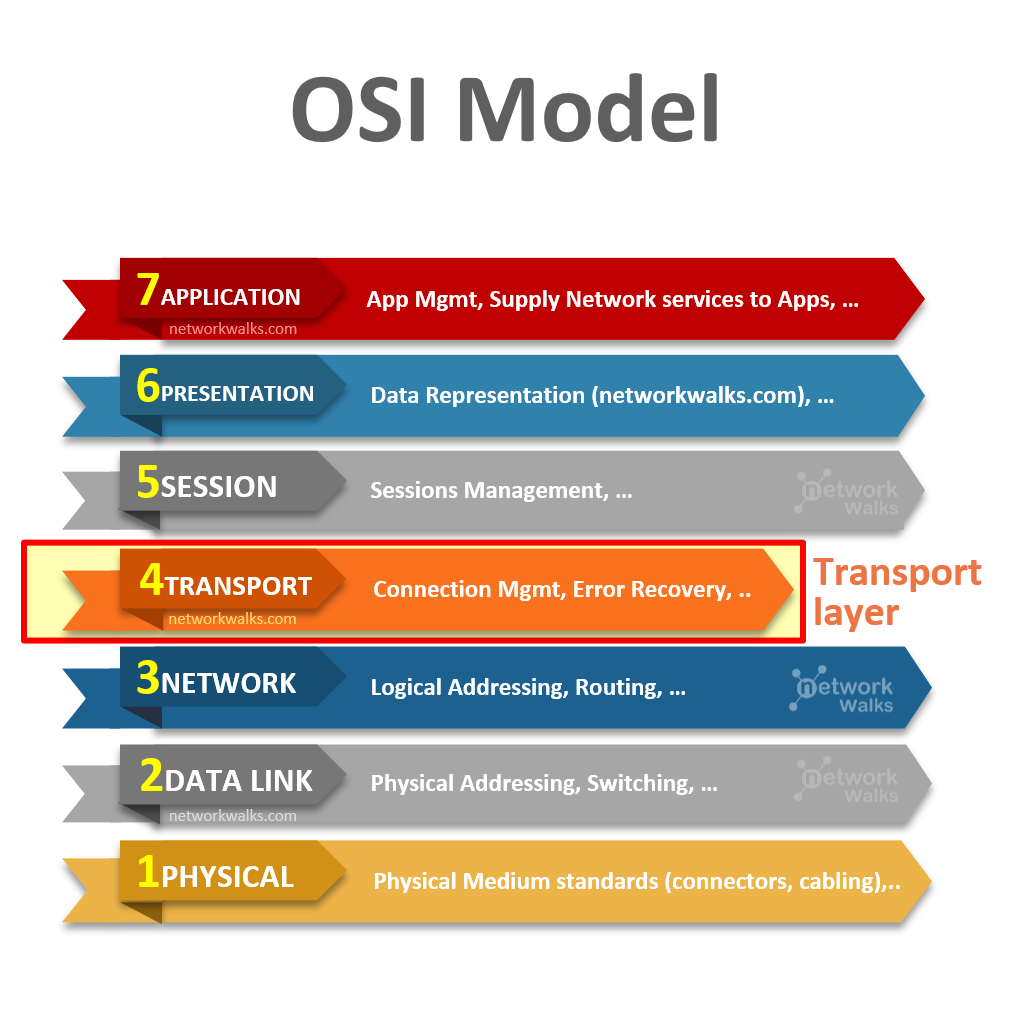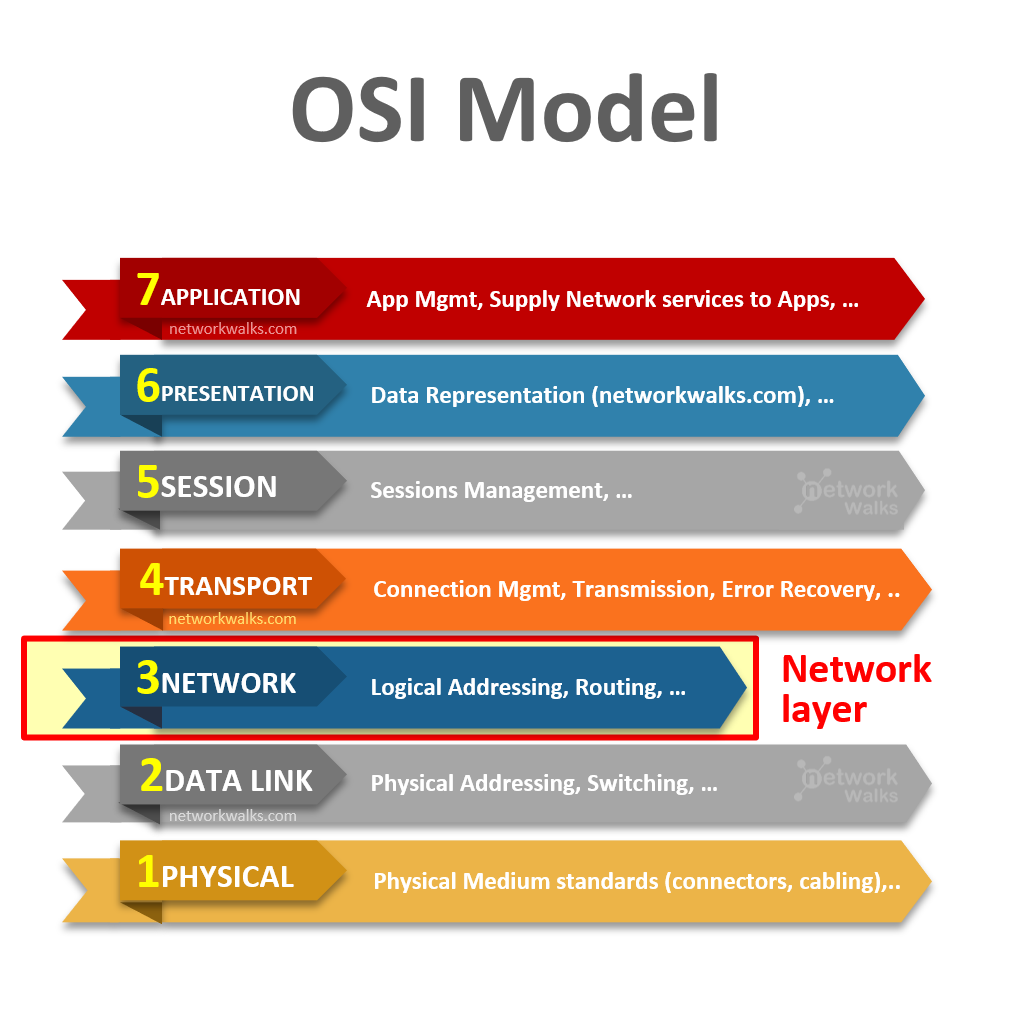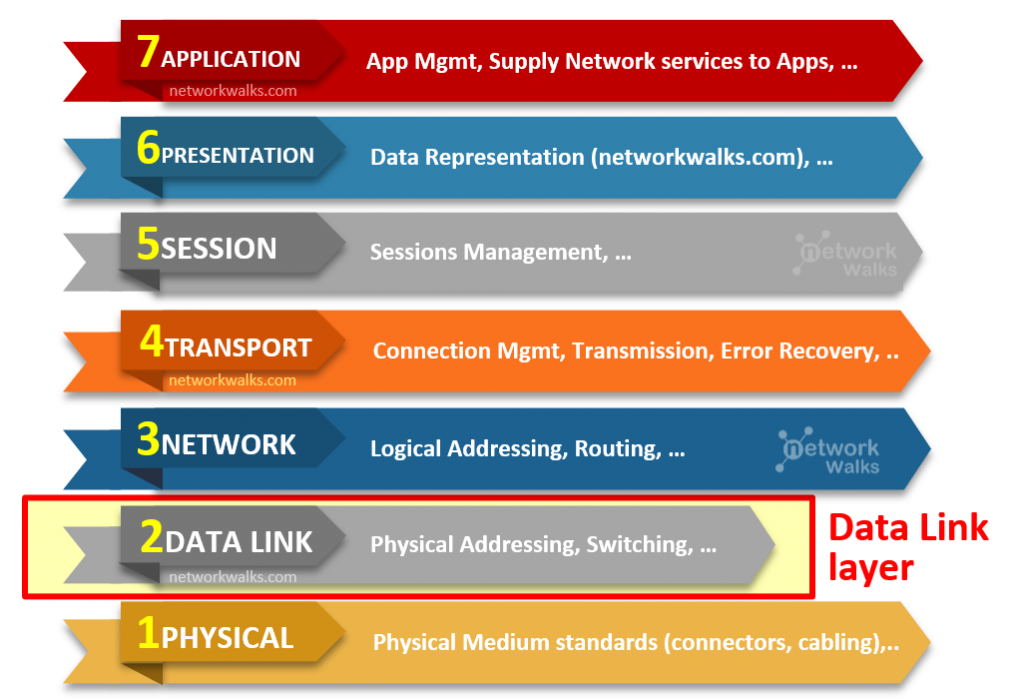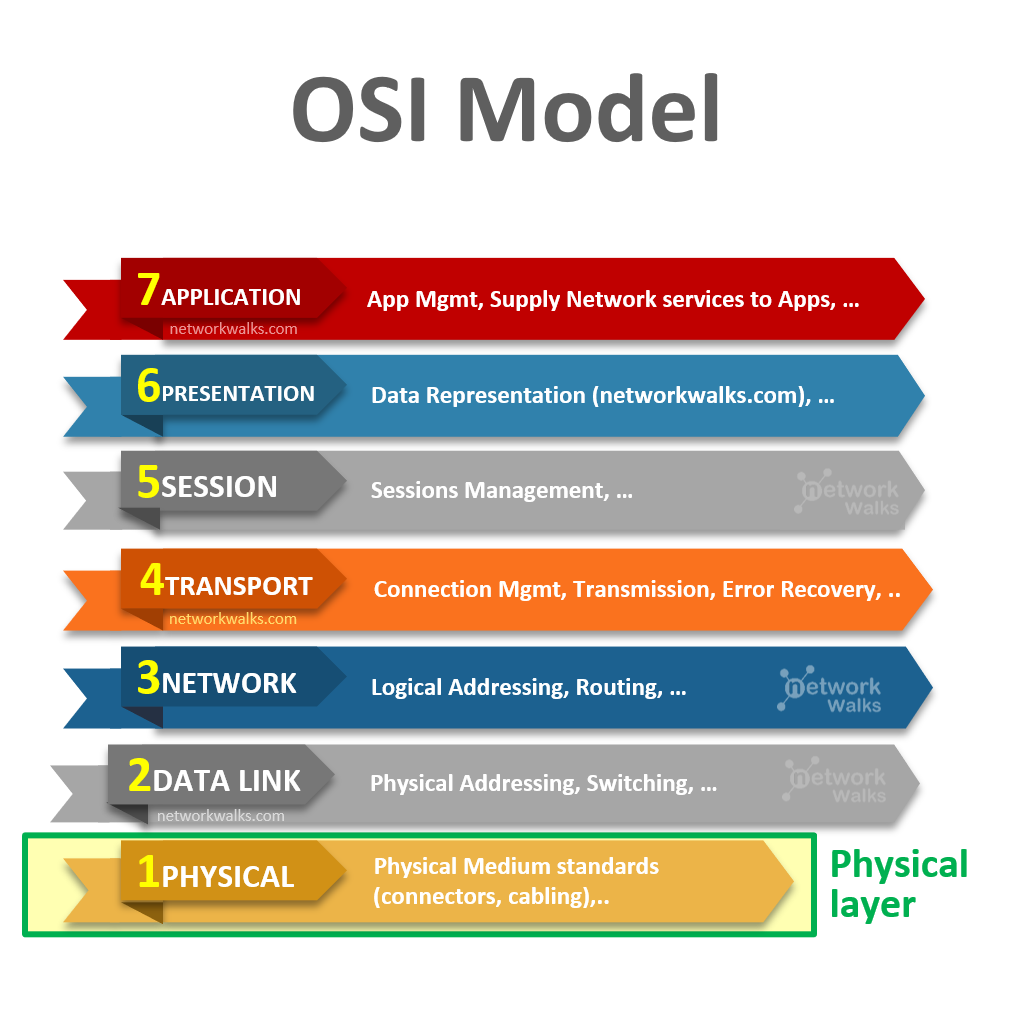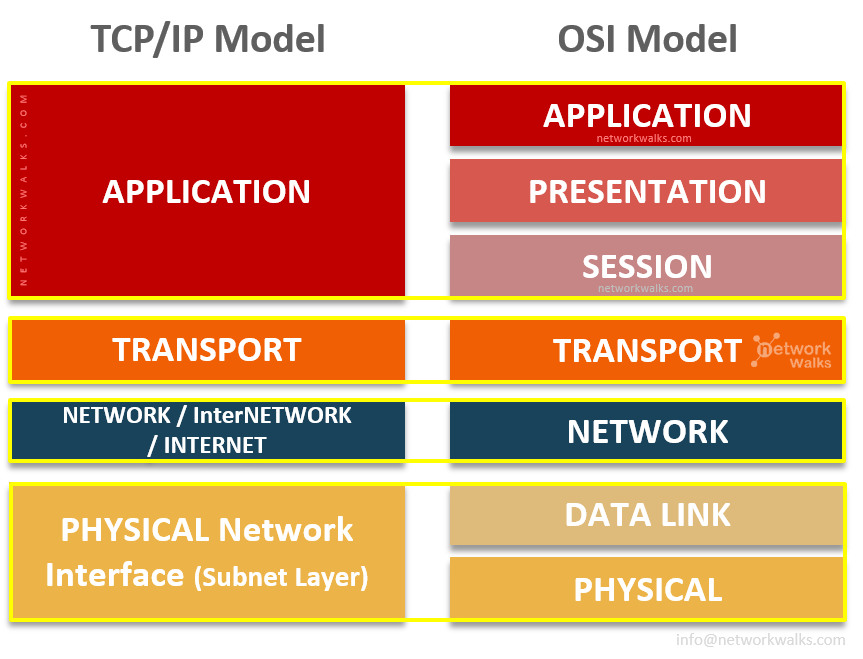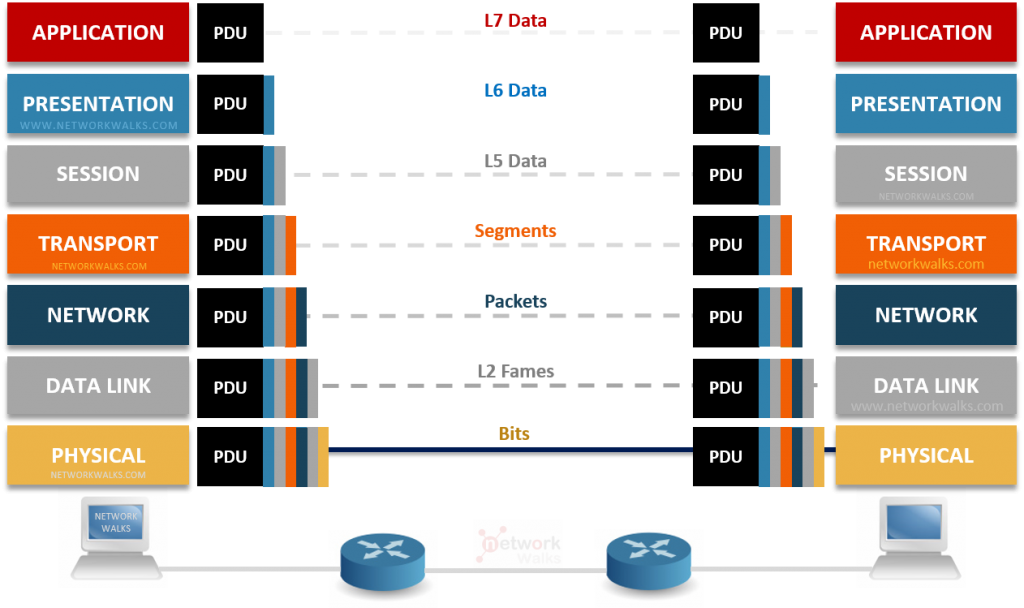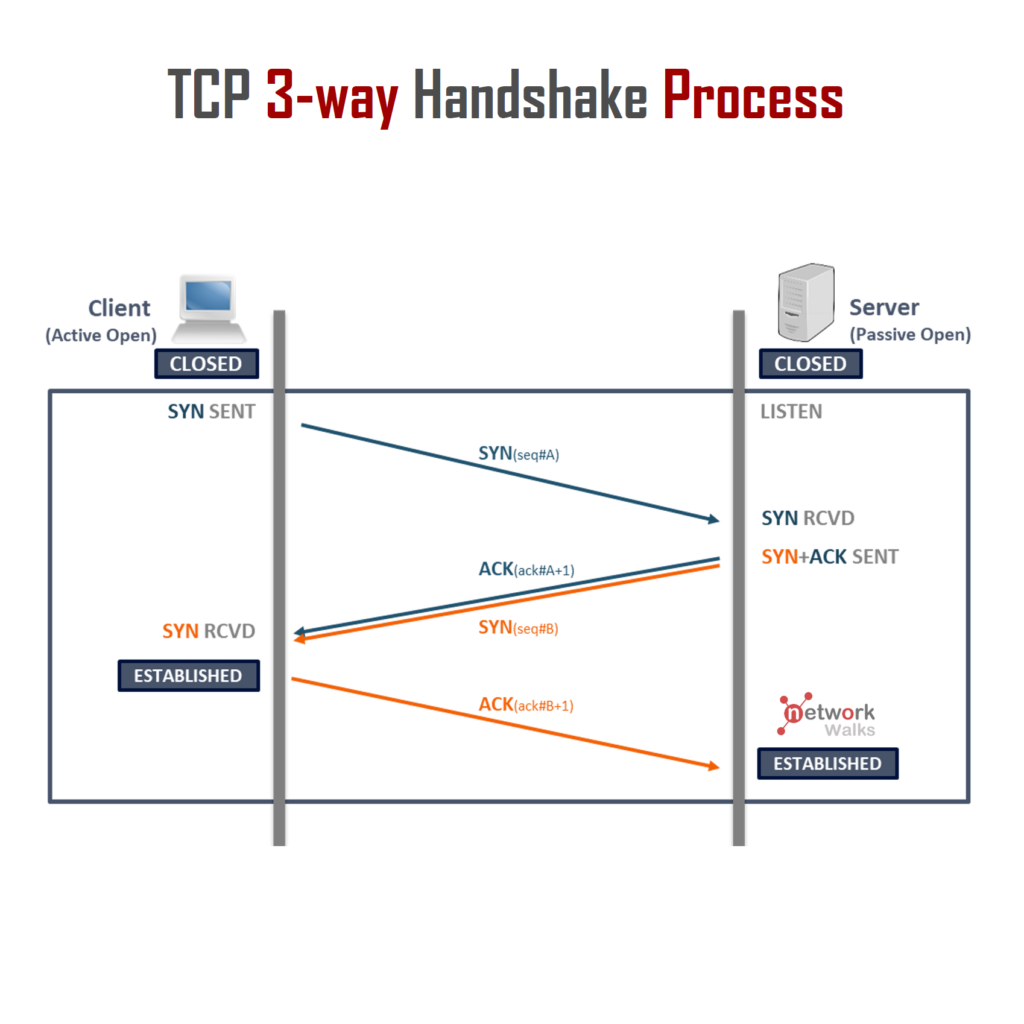
TCP (Transmission Control Protocol) is a connection oriented protocol which works on Transport Layer for reliable communication between network devices. TCPv4 was published in RFC-793 in 1981 and is still the current version. TCP is a connection-oriented full-featured transport layer protocol that provides all the functions needed by a typical application for the reliable transportation of data across an internetwork. TCP is a host-to-host protocol. TCP provides reliable communication with a mechanism called Positive Acknowledgement with Re-transmission (PAR) employing the 3-way Handshake. 3-way Handshake Process TCP uses a process called 3-way Handshake for reliable communication. In 3-way Handshake process, three Read More …


